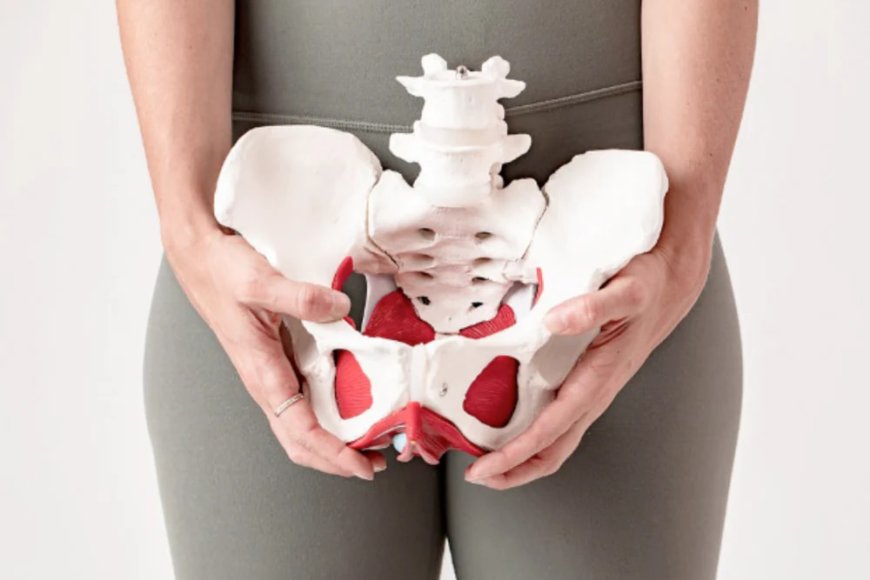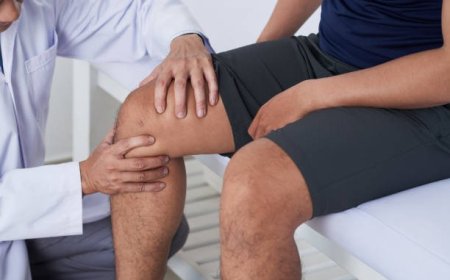Pelvic Organ Prolapse: Types, Causes & Treatment

What is Pelvic Organ Prolapse?
Pelvic Organ Prolapse (POP) might sound like a complicated medical term, but the reality is quite relatable for many women. It happens when the muscles and tissues supporting the pelvic organslike the bladder, uterus, or rectumbecome weak or stretched. As a result, these organs drop (prolapse) into the vaginal canal. Think of it like a hammock that has lost its tensionwhen the ropes loosen, the contents sag.
Anatomy of the Pelvic Floor and Its Role
Your pelvic floor is a group of muscles and ligaments at the base of your pelvis. These muscles act like a supportive sling, holding organs in place and playing a vital role in bladder and bowel control, as well as sexual function. If these muscles are compromised, the entire system can begin to collapseleading to prolapse.
Common Types of Pelvic Organ Prolapse
Pelvic organ prolapse isnt just one conditionit can affect different organs in different ways. Here are the major types:
Cystocele (Bladder Prolapse)
This occurs when the bladder descends into the vagina. Its the most common form of prolapse, causing urinary issues.
Rectocele (Rectum Prolapse)
The rectum bulges forward into the back wall of the vagina, which can cause constipation or a feeling of pressure.
Uterine Prolapse
The uterus slides down into the vaginal canal. It can cause a sensation of heaviness or even protrusion.
Vaginal Vault Prolapse
Usually occurring after a hysterectomy, the top of the vagina drops down due to lack of support.
Enterocele (Small Bowel Prolapse)
The small intestine pushes down into the space between the rectum and the vagina.
Symptoms of Pelvic Organ Prolapse
Symptoms range from mild discomfort to significant life disruption. Common signs include:
A feeling of fullness or pressure in the pelvis
Tissue protruding from the vagina
Urinary leakage or difficulty urinating
Constipation or trouble with bowel movements
Painful intercourse
Lower back pain
Who is at Risk of Developing Prolapse?
Anyone can experience POP, but its more common in:
Women whove had multiple vaginal deliveries
Women over age 50
Those with a family history of prolapse
Individuals with chronic constipation or heavy lifting jobs
Smokers and those with chronic coughs
Major Causes of Pelvic Organ Prolapse
Theres no single cause, but several factors increase the risk:
Childbirth: Vaginal delivery, especially with large babies or prolonged labor
Hormonal Changes: Estrogen keeps tissues strong, and levels drop after menopause
Heavy Lifting: Repeated straining damages pelvic muscles
Chronic Conditions: Constipation, obesity, or respiratory issues can all lead to pressure on the pelvic floor
Diagnosing Pelvic Organ Prolapse
Doctors usually diagnose POP during a routine pelvic exam. Sometimes imaging tests like MRI or ultrasound are used to assess severity. Staging is done from 1 (mild) to 4 (severe), helping determine the best treatment plan.
Stages of Pelvic Organ Prolapse
Grade 1: Slight drop of the organ; no symptoms
Grade 2: Organ is close to vaginal opening
Grade 3: Organ is bulging at the opening
Grade 4: Organ is entirely outside the vaginal opening
Knowing the stage helps doctors create personalized care plans.
Non-Surgical Treatment Options
For mild to moderate prolapse, these treatments often work well:
Pelvic Floor Exercises: Also known as Kegels, they strengthen the muscles
Pessary Device: A removable device placed in the vagina to support the organs
Lifestyle Changes: Weight loss, avoiding heavy lifting, and managing constipation
Surgical Treatment Options
When prolapse becomes severe or affects daily life, surgery may be necessary:
Vaginal Repair Surgery: Reinforces weakened tissues
Uterine Suspension or Hysterectomy: Repositions or removes the uterus
Mesh Implants (rarely used): For added support, though controversial due to past complications
Preventing Pelvic Organ Prolapse
The best strategy is prevention. Simple practices like:
Doing Kegels regularly
Avoiding straining during bowel movements
Maintaining a healthy weight
Treating chronic cough early
Using correct posture during lifting
These habits can make a big difference in keeping your pelvic floor strong.
Life After Pelvic Organ Prolapse Diagnosis
Being diagnosed isnt the end of the road. Many women live fulfilling lives with the condition. Youll need to stay proactivestick to exercises, follow up with your doctor, and listen to your body.
When to See a Doctor
If you feel a bulge, persistent pressure, or pelvic discomfort, dont wait. Early diagnosis can prevent worsening. Write down your symptoms and any triggers, and consult a gynecologist or pelvic health specialist.
Living Well with Pelvic Organ Prolapse
Living with prolapse is possible. Stay connected to support groups, talk to a physical therapist, and focus on self-care. The more educated and prepared you are, the better youll feel mentally and physically.
Conclusion
Pelvic organ prolapse may be common, but its certainly not something you have to suffer in silence. With the right knowledge, support, and care, you can take control of your health, strengthen your body, and improve your quality of life. Whether you're in the early stages or considering surgery, there are options and hope at every step.
FAQs
1. Can pelvic organ prolapse go away on its own?
In very mild cases, symptoms can improve with exercise and lifestyle changes. However, complete reversal without treatment is rare.
2. Is it safe to exercise with prolapse?
Yes! Low-impact workouts and pelvic floor exercises are actually recommended. Just avoid heavy lifting or straining.
3. Whats the success rate of prolapse surgery?
Surgical success rates vary, but many procedures have an 8090% success rate with proper recovery.
4. Does pelvic organ prolapse affect intimacy?
Yes, it canbut communication, treatment, and sometimes counseling can help improve sexual comfort and confidence.
5. Are there any natural remedies for this condition?
Strengthening exercises, dietary changes for constipation, and avoiding straining can naturally help manage symptoms.






































